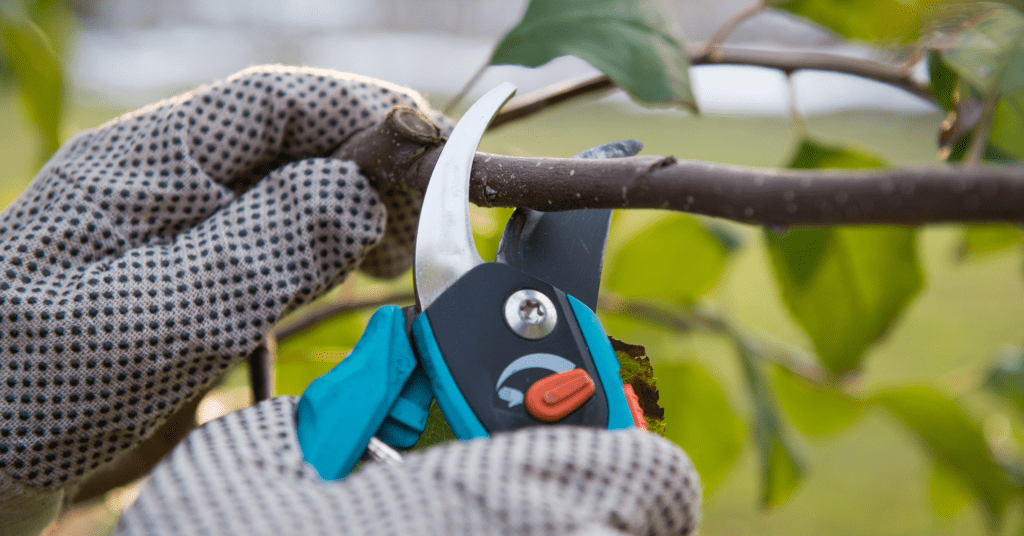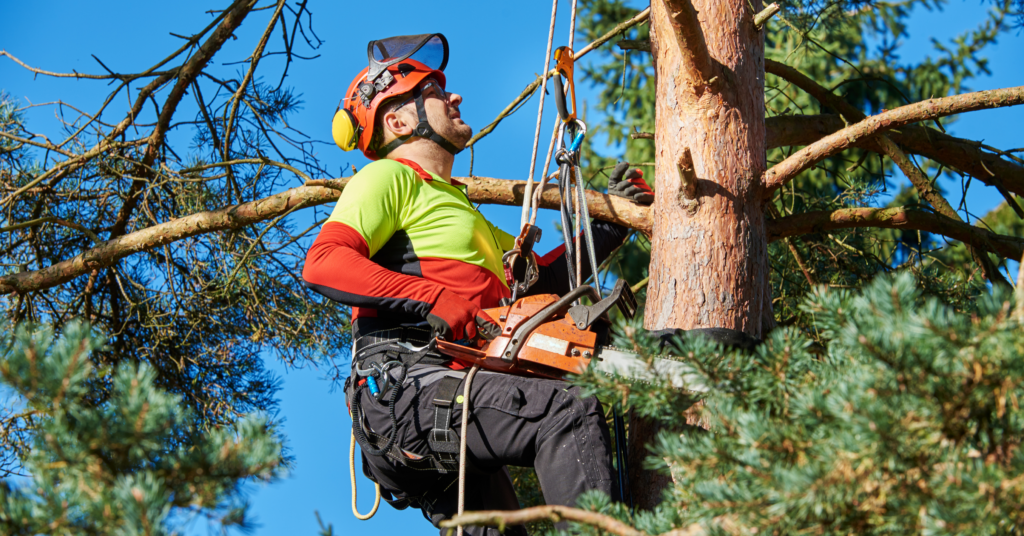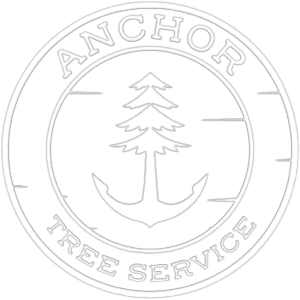If your tree has been subjected to topping—a practice where branches are cut back to stubs often by inexperienced landscapers aiming to control size, improve views, or enhance safety—you may be concerned about its recovery and future growth. Contrary to its intended objectives, tree topping can severely harm a tree’s health and structural integrity. However, there are effective strategies to mitigate the damage and help your tree in regaining its vitality and natural form, ensuring it remains a valuable asset to your landscape.
The Unintended Effects of Tree Topping
Topping has far-reaching implications on a tree’s health and lifespan. After topping, your tree becomes more susceptible to diseases and pest infestations due to the large wounds that don’t heal properly. Such a scenario not only affects the tree’s health but also demands extensive and costly maintenance practices.
Moreover, topped trees may die prematurely, leaving you with the additional cost of removal and replacement. The rapid regrowth following topping is another drawback, with the tree regrowing water sprouts four to ten times faster than normal branches, compelling you into a cycle of continually topping the tree to keep the new growth in check. Instead of resorting to topping, understanding proper pruning practices can help you maintain your tree’s natural structure and health, ensuring its longevity. If your tree exhibits any of the 6 signs it might be time to remove your tree, it’s crucial to assess its condition after topping and consider removal as a potential option.
The Dangers of Co-dominant Stems
In response to topping, your tree may grow co-dominant stems – these stems emerge when two or more main branches grow near the top of the tree, competing for dominance. Unlike branches that develop from a single, strong central leader, co-dominant stems often have a weak point of attachment to the trunk.
As the tree grows, these co-dominant stems become larger and heavier, making them increasingly susceptible to breaking, particularly during high winds, storms, or heavy snowfall. Such breakage can result in significant damage to the tree, posing hazards to nearby property and personal safety. The weak attachments of co-dominant stems are ticking time bombs in terms of tree stability and integrity, and managing them often requires the intervention of skilled arborists to prevent potential accidents and ensure the tree’s health and longevity. Deadwood can compromise your tree’s structural integrity. Discover understanding deadwood and its impact on your trees and property to address this issue and prevent further damage. Large structural changes like topping can have adverse effects on your tree’s stability. Consider making large structural changes to your hedge using safer alternatives.
Alternatives to Topping: How to Establish a Strong Central Leader

Instead of topping, consider proper pruning techniques that respect the natural structure of the tree. Pruning should always be done with an understanding of how the tree will respond to each cut. Another alternative solution is canopy reduction, which involves removing small select limbs at their attachment point. Techniques such as skirting or limbing up can effectively open up your view by removing the lower limbs of a tree. The technique of interlimbing or thinning can be performed to get you the picturesque view through green foliage. Lastly, crowning is another safe alternative, especially for conifers, that involves cutting the tree to form a rounded or dome-like shape. Crown cleaning is a crucial part of tree maintenance. Explore crown cleaning: an essential guide for homeowners to keep your tree healthy and avoid resorting to topping. Each tree variety requires specific care. Learn how to properly maintain each variety of trees to ensure their longevity and avoid harmful practices like topping.
When Removal is the Only Option
In cases where your tree poses significant risks and pruning or other maintenance practices aren’t solving the problem, you may need to consider tree removal. A certified arborist like Anchor Tree Service can help assess the situation and provide the most suitable recommendation.
Recognizing the Need for Professional Care

When you aren’t sure how to proceed with caring for your trees, it is best to involve certified arborists like Anchor Tree Service in your tree management. Signs that your tree needs professional attention include dead or damaged branches, signs of disease or pest infestation, root issues, overgrown or misshapen trees, or structural problems like splits or cracks in the trunk. When seeking professional help for your tree’s recovery, it’s essential to hire an ISA certified arborist like Anchor Tree Service, as they can provide expertise in alternatives to topping.
Conclusion
Tree topping is a detrimental practice that harms the health, safety, and aesthetic of trees. Understanding the negative impacts of tree topping is crucial for maintaining healthy, beautiful, and safe landscapes. Always seek advice from certified arborists like Anchor Tree Service who can guide you in proper tree care and maintenance practices. Remember, healthy trees not only enhance the beauty of your property but also contribute positively to the environment.

Your trees deserve the best care to thrive and stand tall in your landscape. At Anchor Tree Service, we are committed to preserving the health, beauty, and safety of your trees. Our team of certified arborists in Victoria, BC, is here to assist you with expert tree care, from proper pruning and maintenance to tree removal when necessary. Don’t compromise your tree’s well-being with harmful practices like topping. Contact us today for a consultation and let us help you make the right choices for your trees. Together, we can ensure your trees remain an invaluable asset to your property and our environment.


